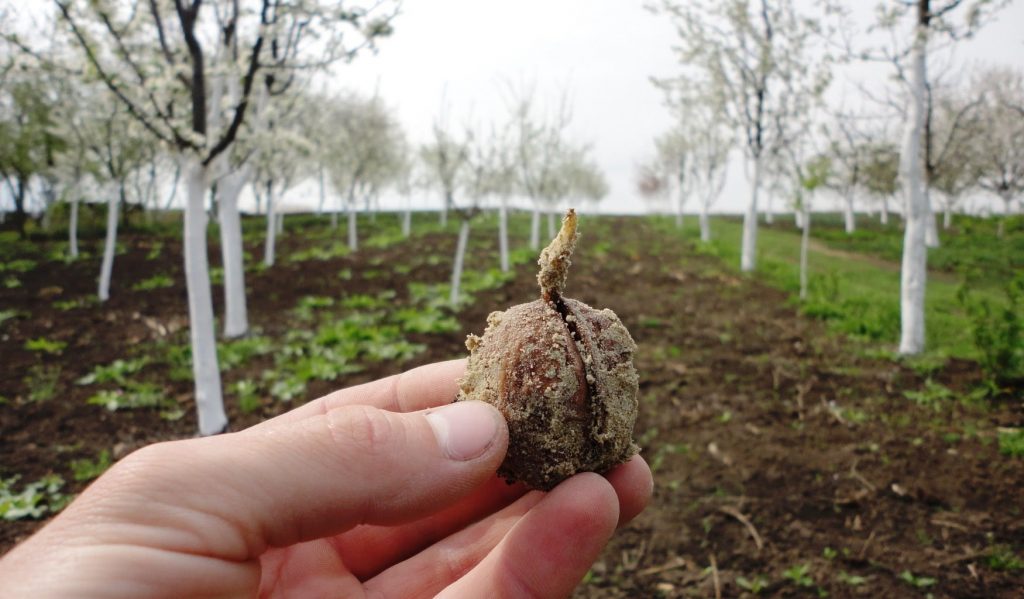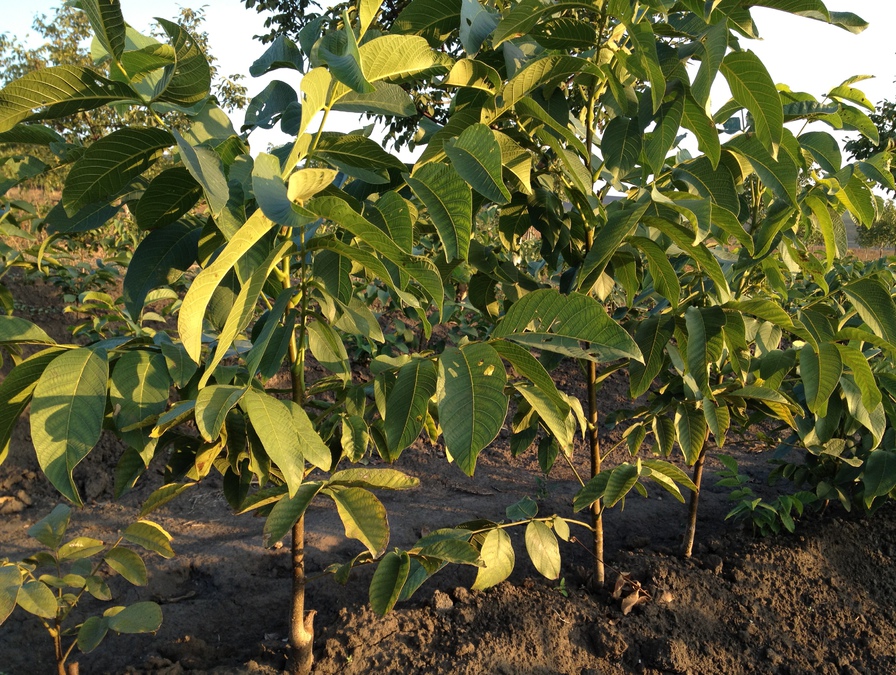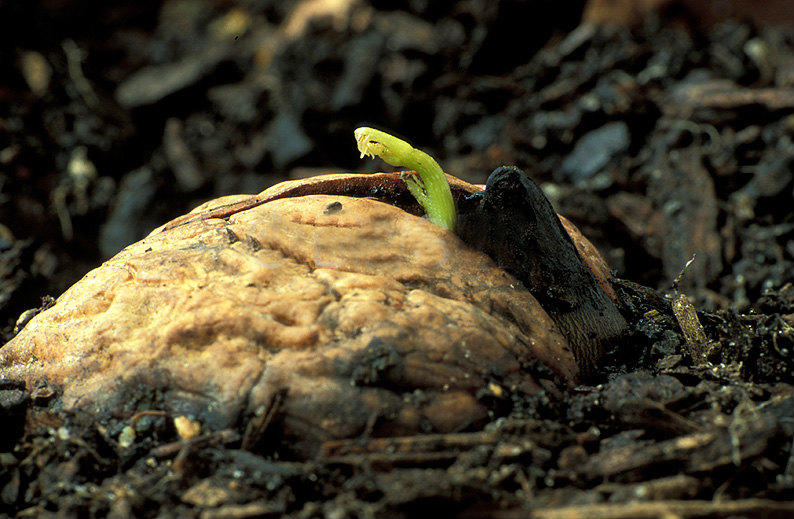How to plant a walnut correctly: proven methods
Content
Variety selection
Obviously, the walnut planted in the conditions of Central Russia should not belong to the southern variety, it is inappropriate to grow such trees under our conditions. Planting the walnut should be done using a seedling purchased from a nursery in your area, so you can be sure that the tree will take root.
Such varieties as Samokhvalovichsky (1 and 2), Pinsky and Pamyat Minova showed themselves quite well. These plants are characterized by high yields, amicable fruiting, and mid-ripeness. In addition, these varieties have an increased level of resistance to diseases such as brown spot. At the same time, fruiting will begin within 5-6 years after the planting of the walnut was carried out.
Video "Leaving"
This video will show you how to care for a walnut tree.
Growing conditions
For the process to be successful, it is not enough to know how to properly plant a walnut. It is very important to comply with all the necessary conditions for the normal development of the tree:
- choose the soil that is optimal in composition;
- withstand temperature conditions;
- provide adequate lighting and moisture.
A walnut seedling will do well if planted in sandy loam or sod soil. Before planting a nut, it is very important to study the ground, it must be sufficiently loose, but at the same time contain moisture-retaining components (stones or clay).
The temperature regime also plays an important role in the question of where and how to plant walnuts. The culture can suffer from winter frosts, therefore it is recommended to cover the root system of young trees in the fall. Adult plants can easily tolerate short temperature drops of up to -25 degrees.
Before planting a walnut, carefully study the level of illumination of the site, the culture is quite photophilous. You should not choose unnecessarily shaded places in your garden, young trees die in such conditions, and adult trees bear poor fruit, intensively forming male buds to the detriment of female ones.
And of course, moisture. Like any tree, the nut is very fond of abundant watering. Fortunately, in our regions this problem rarely occurs.
Landing subtleties
When planting seedlings, be sure to take into account the specifics of the culture: our tree belongs to wind-pollinated specimens, giving both female flower stalks and male earrings every year.
Pollen easily spreads throughout the tree at the slightest breeze, but the maturation of male and female buds does not occur simultaneously. Therefore, in order to increase the future harvest, it is better to plant several trees, you can even of different varieties. At the same time, the distance at which the trees are located is not of fundamental importance: pollen can reach its target even at a distance of 300 meters.
There are two ways to grow such a tree: using the seedling method (buying a ready-made seedling) or trying to get a full-fledged nut from seeds.
Planting seedlings
Having chosen this option, as already mentioned, it is best to contact the nearest specialized nursery for material, where you will find the grafted seedlings of our walnut, which do not need to be grafted on your own. And if it is better to plant trees in the spring, then you will have to prepare the soil in the fall. The planting pit must be well fertilized with humus and peat, mineral fertilizers (superphosphate or potassium chloride) can be applied. With the arrival of spring, you can plant a young tree, not forgetting to take care of the support pole, to which you will tie the fragile plant.
Growing from seeds
More and more Russian summer residents are interested in the question of how to plant our walnut directly from the walnut itself? This method of selection is more attractive for many, since the resulting sprout retains all the properties of the parent tree.
It is better to plant nuts in the fall: during the winter months, the core will finally form, undergo the necessary hardening and stratification, as a result, only the most viable specimens will emerge. The planting pit, as in the previous case, must be well fertilized by adding humus, wood ash and superphosphate to it. The nuts are deepened by about 10 cm. When shoots appear in the spring, leave only the strongest shoots, the rest can be removed.
This growing method is also preferable because it makes it possible to develop the root system of the future tree: in just the first year of life, the roots reach 1.5 m in depth. Such trees do not need special care: they do not require pruning and begin to bear fruit early: already in the 6th year after planting. The only thing that may be needed is watering during especially dry periods.
Growing from Seed Video
From the video you will learn how to grow a tree from seeds.



